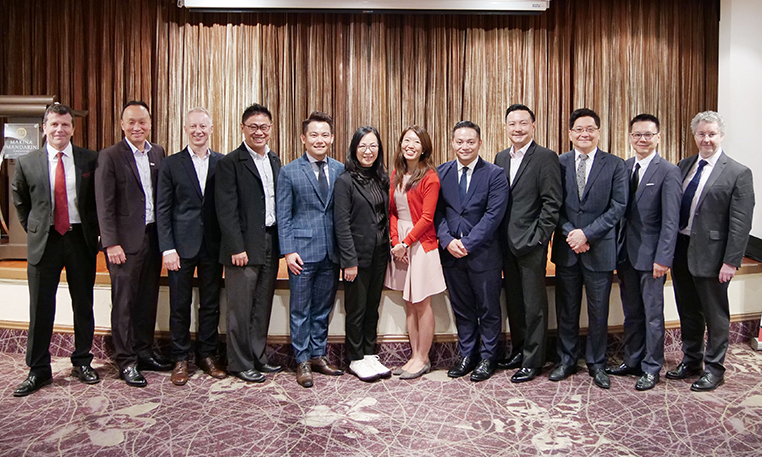The role of agency amid a digital future
Earlier this year, Asia Advisors Network, a sister publication of Asia Insurance Review held a roundtable discussion in Hong Kong with several leaders in the life industry on the role of agents amid changes in technology and consumer needs. The following is an excerpt of the discussions as to whether agents would continue to thrive or be made irrelevant.
By Ahmad Zaki

Digital vs human touch
AIA group chief strategy and corporate development officer Mark Saunders believes that life insurance is a product that is bought out of love, and the empathetic connection an insurance agent can make with the customer is what allows the product to be sold.
“For most people, if you talk about death, ‘no’ they think, ‘that is a long time away’. If you talk about critical illness, about cancer or heart disease, some start to worry but they tend to feel that it won’t happen to them, not soon any way. Agents are very influential, very good at convincing people that these events can occur at any time and they should prepare by way of financial protection through life insurance. They do it in different ways and by connecting with the customer on an emotional, rational and professional basis,” he said.
However, consumer demands are changing and the general sentiment from members of the roundtable is that customers are more frequently asking for shorter-term products or even single-premium products.
360F CEO Michael Gerber said that consumers are getting more used to flexible and short-term contracts, due to the popularity of subscription services such as Spotify, Netflix and Amazon Prime.
“These days, the younger generation is brought up with a mindset which I call the Spotify mindset; you subscribe and unsubscribe. They want the freedom to enjoy a product for a month and then let it go in the next month,” he said.
The myth of digital distribution
While the digital ‘quick-and-simple’ approach is valuable to the customer, it must also be balanced with ensuring that the human touch and advice, and the emotional aspect of insurance – especially life insurance – come into play.
As Hong Kong Federation of Insurers Life Insurance Council chairman Charity Au said, “A few years ago, when the aggregator first entered the market in Hong Kong, we thought it would change things. But nothing happened because the products were still too complex.”
However, she expects that with less complex and unbundled products, the aggregator might have a bigger role to play in helping the customer make an informed choice.
While for some, the idea of insurers catering to the ‘Spotify mindset’ might mean an emphasis on digital distribution and less emphasis on the agency force, Insurance and Financial Practitioners Association of Taiwan president James Liu believes this should not be the case.
“There is a myth about the agency solution being an expensive one. But we are gradually learning that digital distribution is expensive too, especially with the rising prices of digital advertising,” he said.
He also pointed out that InsurTechs such as US-based Lemonade might advertise themselves as not having agents, but they still charge their customers a 20% expense-loading.
The ‘future ready’ adviser
AIA director of premier agency strategy, group agency distribution Andrew Tsang said, “Quality is key for the industry, and that starts with quality recruitment. At the same time, insurers need to do a better job at packaging and infusing modern ideas.
On their part, insurers are increasingly stepping up to the next evolution of CRM tools, including those that will alert agents of trigger points in the customer’s lives.
However, an update to the regulations surrounding agents and the purchasing of life insurance products would be necessary in order to better reflect the role of technology in today’s distribution landscape.
“For most places, Singapore included, regulations mandate that purchasing a policy requires physical interaction with the customer. But we question why we can’t use technologies like FaceTime to make this process more efficient?” said Great Eastern managing director Ben Tan. “We are lobbying for it, but current rules surrounding data privacy and technology risk management is slowing down the advance of the omnichannel and ecosystem concept.”